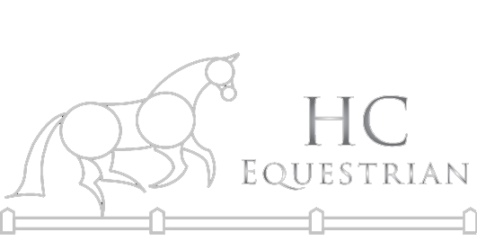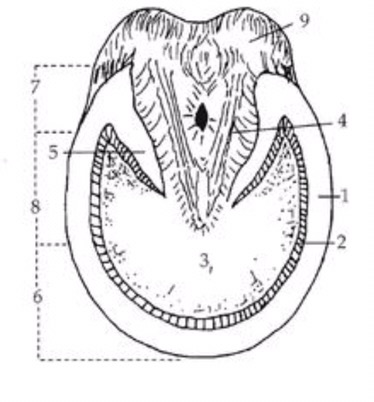The Happy Canterer is branching out. Groom extrodinaire Nel Sanchez is joining our team of bloggers! This is her first submission:
What do I do?In everyday life, when meeting new people or talking to friends and family, the question is often raised – What do you do? And I usually find myself giving one of two answers, either “I work with horses” or “I am a horse groom”. But unless you have spent some degree of time around horses yourself, that doesn’t really give you too much insight into what it is I actually do.
In a busy program, horse trainers and instructors are pressed for time, working to deadlines coordinating horse exercise, riding, education, feeding, veterinary and farrier appointments, riding lessons, maintenance, competitions, trailering to events etc that to try to do it all would likely result in fatigue, burn out and in-turn compromise safety. As I groom I help to bridge the gap between horse and trainer, ensuring that the trainer is able to get their job done safely, efficiently and to the best interest of the horse itself.

When I first go to collect the horses, I look at their eyes, look them all over and read their body language. Each horse is an individual and they are all different in there relaxed state. If present, mood changes, illness or injury can often be detected at this first greeting. I put halters on the horses and as I walk them out of their stalls I listen to their footfalls. If I haven’t noticed a missing shoe or lameness, nine times out of ten you will hear it as soon as they start walking. Of course this is harder when the footing is soft, but generally I have a good record by following these methods. It’s the same when brushing and saddling the horses. You are not only removing dirt and debris from the horse’s feet and body, you are removing anything foreign from where saddlery will fit, checking saddlery itself for fit and maintenance issues, and checking the horse’s body by feel for any non-obvious bumps, injuries or soreness. You want everything to be comfortable, non-constricting and of course safe for both horse and rider. By learning each and every horse like this I am able to communicate with trainer/rider how the horse is that day. To me, it is just as important to mention if a horse is particularly tense or jumpy that day as it is to mention swellings or lameness. When you have a 140 pound rider getting on an 1100 pound equine communication becomes a very powerful tool.

After being worked, horses need to cool down, be checked over for any obvious strains/injuries, have sweat removed, any treatments needed applied and then return to the comfort of their stalls or pastures. It’s my goal to have them return in as good as or better condition than when they came out. And this doesn’t necessarily mean looking pretty. A horse is a horse, and the most natural thing for a horse to do is graze and roll. Allowing horses to have a quick pick at the grass and/or a roll in the sand can do wonders for their mental health. And it helps build the good relationships I have with the horses I work with.

So what is it I do you ask? I am a part of a very important team effort. I am a groom, cleaner, nurse, confidence builder, safety advisor, strapper, teacher, communicator, helper and friend to horse and trainer. And I have the best job in the world.
About the author: Nel Sanchez is an Australian horse lover living in the San Francisco Bay Area. Her first job out of school as a 17 year old was on a Thoroughbred property in the Wollondilly Shire of NSW. It was here that Nel learnt the fundamentals of really ‘knowing the horses’ from a tough, but fair manager, that she continues to build on to this day.












